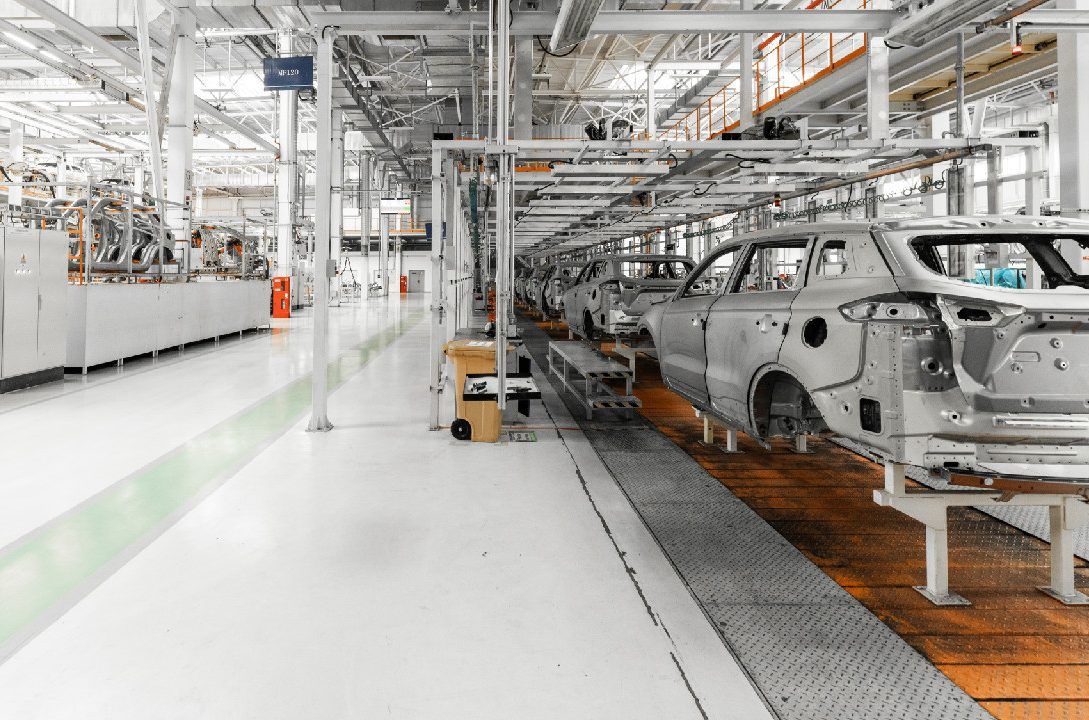The automobile industry has always been at the forefront of technological advancements, revolutionizing transportation and shaping our modern world. From the invention of the automobile itself to the introduction of electric vehicles (EVs) and autonomous driving, the industry continues to push boundaries and embrace emerging technologies.
In this blog post, we will delve into some of the most promising emerging technologies in the automobile industry, highlighting their potential impact on safety, sustainability, connectivity, and the overall driving experience.
- Electric Vehicles (EVs): Electric vehicles have gained significant traction in recent years, driven by concerns over environmental sustainability and advances in battery technology. EVs offer a cleaner and more efficient alternative to traditional internal combustion engines, significantly reducing greenhouse gas emissions. With ongoing advancements in battery capacity and charging infrastructure, EVs are poised to become a mainstream mode of transportation, transforming the automobile industry and reducing our dependence on fossil fuels.
- Autonomous Driving: Autonomous driving, also known as self-driving or driverless technology, has the potential to revolutionize the automobile industry. Through a combination of sensors, artificial intelligence, and advanced algorithms, autonomous vehicles can navigate and operate on the road without human intervention. This technology promises increased safety, improved traffic efficiency, and enhanced mobility for people with limited mobility. As the technology matures and regulations are developed, we can expect to see autonomous vehicles become more commonplace in the near future.
- Connected Cars and IoT Integration: The integration of Internet of Things (IoT) technology in automobiles is ushering in a new era of connectivity and smart features. Connected cars enable seamless communication between vehicles, infrastructure, and other devices. This connectivity facilitates real-time data exchange, providing drivers with information about traffic conditions, parking availability, and weather updates. Additionally, IoT integration enables remote vehicle monitoring, diagnostics, and software updates, enhancing convenience, efficiency, and safety on the road.
- Advanced Driver Assistance Systems (ADAS): Advanced Driver Assistance Systems (ADAS) leverage technology to enhance safety and improve the driving experience. Features such as adaptive cruise control, lane departure warning, blind-spot detection, and automatic emergency braking assist drivers in avoiding accidents and mitigating risks. ADAS technologies rely on sensors, cameras, and AI algorithms to monitor the vehicle’s surroundings, alerting drivers to potential hazards and even taking corrective actions autonomously. These technologies serve as building blocks for autonomous driving and play a crucial role in reducing accidents and saving lives.
- Augmented Reality (AR) and Heads-Up Displays (HUDs): Augmented Reality (AR) and Heads-Up Displays (HUDs) are transforming the way drivers interact with their vehicles. AR overlays digital information onto the real-world environment, providing drivers with enhanced navigation, real-time traffic updates, and safety alerts. HUDs project essential information, such as speed, navigation instructions, and warnings, directly onto the windshield, minimizing driver distraction and improving situational awareness. These technologies enhance the driving experience by providing relevant information in a non-intrusive manner.
- Vehicle-to-Vehicle (V2V) and Vehicle-to-Infrastructure (V2I) Communication: V2V and V2I communication enable vehicles to exchange data with other vehicles and infrastructure, creating a connected ecosystem on the road. This technology facilitates real-time communication between vehicles, allowing them to share information about traffic conditions, road hazards, and potential collisions. V2I communication connects vehicles with traffic lights, road signs, and infrastructure, optimizing traffic flow and enhancing overall road safety. By enabling proactive decision-making and reducing response times, V2V and V2I communication contribute to safer and more efficient driving experiences.
- Sustainable Materials and Manufacturing: The automobile industry is making significant strides toward sustainable materials and manufacturing processes. Manufacturers are exploring alternative materials, such as lightweight composites and bio-based materials, to reduce the environmental impact of vehicle production. Additionally, eco-friendly manufacturing techniques, such as 3D printing and water-based painting, are being adopted to minimize waste and energy consumption. These sustainable practices align with global efforts to reduce carbon emissions and promote a greener future.
Conclusion
The automobile industry is undergoing a remarkable transformation driven by emerging technologies. Electric vehicles, autonomous driving, connected cars, advanced safety systems, augmented reality, and sustainable manufacturing are reshaping the way we travel, interact with vehicles, and protect our environment. As these technologies continue to evolve and mature, we can expect safer, more sustainable, and highly connected vehicles that enhance the overall driving experience. The future of the automobile industry holds immense potential, and we are witnessing an exciting era of innovation and progress.
Related Posts:
Get Started with a free 15 -day trial
No credit card required for Trial Plan
Continue using starter plan for free forever, after trial or upgrade to Premium Subscription






